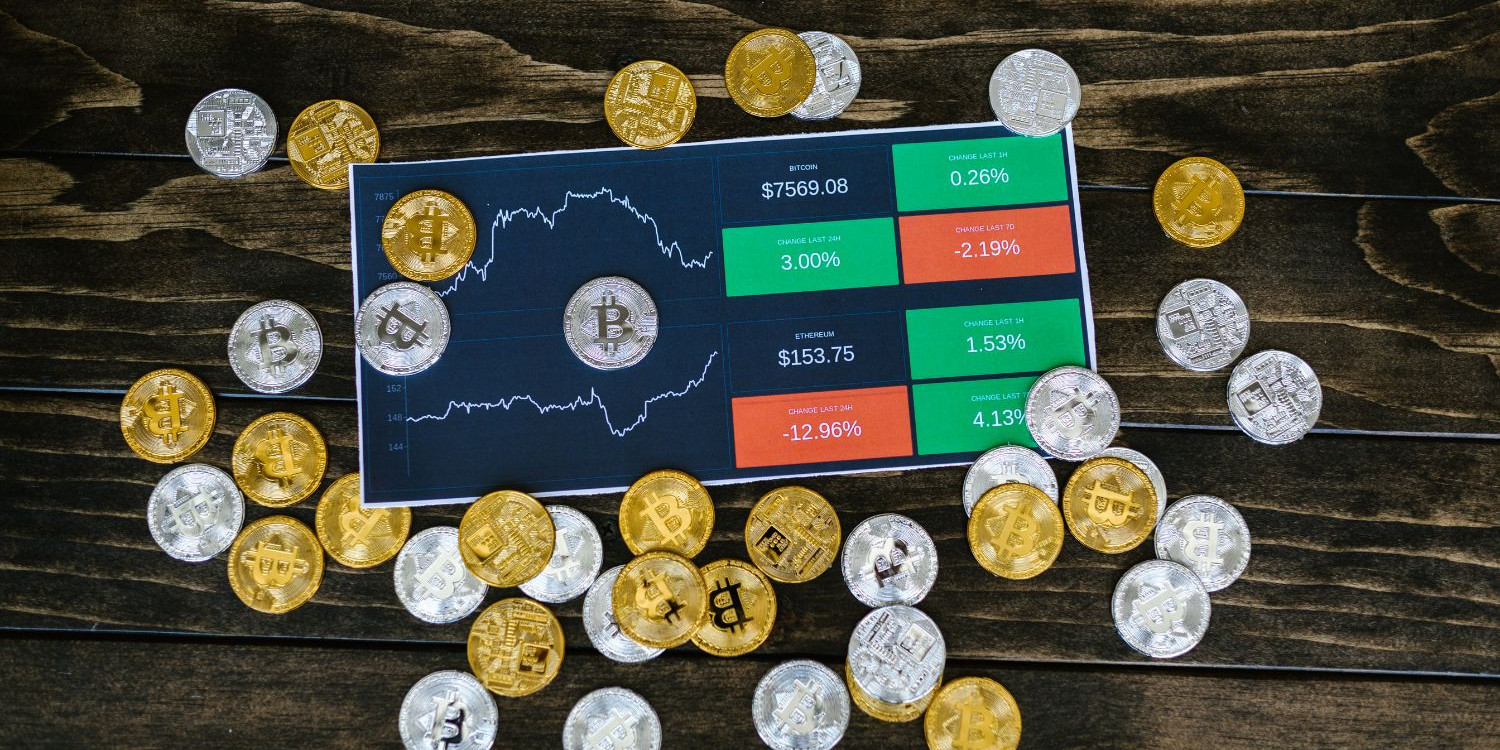In the world of blockchain, “decentralization” has become a buzzword so overused it risks losing all meaning. Nearly every crypto project claims to be decentralized. But few can define it rigorously—let alone build systems that actually embody it.
At Ryan X Charles Times, we cut through the hype and take a first-principles approach to what decentralization really is, why it matters, and how it should shape blockchain governance going forward.
What Is Decentralization, Really?
At its core, decentralization is about the distribution of control—not just infrastructure, but decision-making power, incentives, and truth verification.
A First-Principles Definition:
Decentralization is the architectural condition in which no single entity—or cartel—can unilaterally dictate the state of a system, and where consensus arises from open competition under economic rules.
It’s not about anarchy. It’s about rules without rulers—systems where power is derived from protocol logic, not human discretion.
Three Core Pillars of Real Decentralization
1. Economic Neutrality
A blockchain must allow anyone to compete as a miner, node operator, or service provider—without permission or central allocation.
- Mining or validation must be profit-driven and open, not grant-based or committee-controlled.
- Incentives must be aligned with honest behavior (e.g., proof-of-work > political voting).
2. Protocol Stability
Frequent protocol changes—especially those made by small dev teams—introduce centralized points of failure.
- Real decentralization requires locked, predictable rules.
- Bitcoin SV (BSV), for example, restores the original protocol to avoid governance by soft forks.
3. Transparent Rule Enforcement
Consensus must be enforced through verifiable computation, not hidden politics.
- A decentralized system should minimize off-chain intervention, governance tokens, or elite voting.
Misconceptions About Decentralization
Let’s dispel some common myths:
| Myth | Reality |
|---|---|
| More nodes = more decentralization | Not if those nodes are controlled by the same actors or have no economic stake. |
| DAOs are inherently decentralized | Most DAOs are governed by whales and dev teams—not truly distributed. |
| Frequent protocol upgrades = innovation | If a small group can change the protocol, the system is centralized. |
Decentralization is not defined by surface metrics. It’s measured by how resistant a system is to coercion, collusion, and capture.

Governance Without Governments: The Bitcoin SV Approach
Bitcoin SV (BSV) embraces a governance model rooted in economic law, not social consensus. Here’s how:
- Protocol is set in stone: It doesn’t change based on popularity or core dev preferences.
- Miners are the ultimate governors: They vote with hash power, making decisions based on profit signals.
- Competition ensures accountability: No miner or app is guaranteed market share—success is earned.
This stands in contrast to platforms like Ethereum, where development roadmaps are highly centralized and token votes often resemble oligarchies.
The Danger of “Fake” Decentralization
In many “Web3” systems today:
- Core developers function as shadow governments
- Foundation wallets hold disproportionate influence
- Protocol upgrades are dictated behind closed doors
This is not decentralization—it’s distributed centralization, dressed up in blockchain branding.
Real decentralization demands skin in the game, not ideological theater.
Final Thoughts: Decentralization Is a Design Principle—Not a Marketing Claim
True decentralization isn’t about virtue signaling. It’s about engineering systems where no one can cheat, even if they try. It’s about removing trust in favor of verifiable process. It’s about open competition replacing authority.
At Ryan X Charles Times, we argue that decentralization must be:
- Economically grounded
- Technically enforced
- Governance-resistant
- Scalable and sustainable
Without these traits, the word means nothing.




